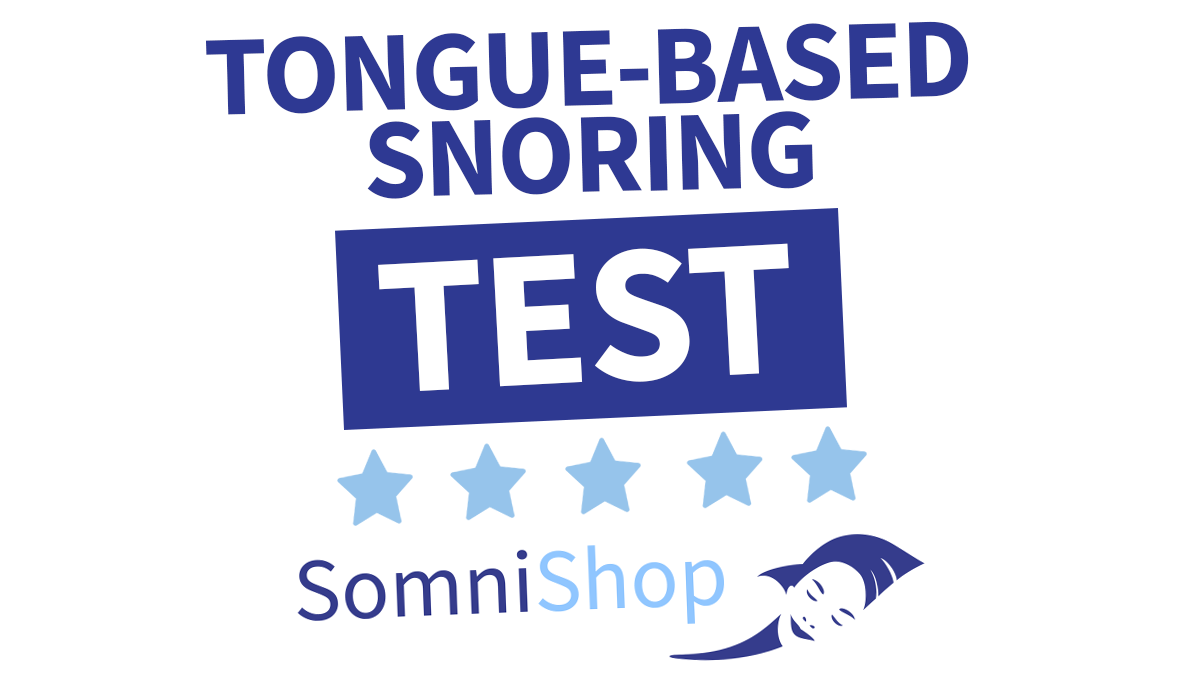In the case of tongue-based snoring the tongue’s muscle falls into the pharyngeal cavity and blocks the airways there. This leads to the typical snoring noise in the throat region. Does this apply to you? The tongue snoring test can easily and quickly shed light on it:
That’s how the tongue snoring test works
Open your mouth and create a snoring sound. This should be fairly easy to do. Now stick your tongue out as far as possible, gently bite on it with your teeth (such that you “clamp” the tongue lightly) and try to make the same snoring noise again. When this doesn’t work or when the snoring sound has subsequently become markedly weaker at least, then there is a strong likelihood that you suffer from tongue based snoring.
Video: tongue snoring test
Remedies for snoring:
There are a range of different solutions against tongue-based snoring. All of them have in common that they prevent the rear part of the tongue from falling back into the throat or the airways in that area, respectively.
The most prevalent form of therapy is the use of a mandibular advancement splint. The device slightly displaces the lower jaw forward and puts the whole musculature in the area around the mandible and the throat gently under tension. The tongue’s muscle is also tensed up and prevented from falling back into the throat.
Position therapy or the therapy for supine position prevention pursues a different approach. With this form of therapy, the patient is prevented from sleeping on his back. Since the tongue base almost exclusively falls back into the throat when you sleep in a dorsal position, thus narrowing the respective airways, the issue with tongue-based snoring can also be effectively dealt with by correcting the sleeping position. Position therapy comprises backpacks, vests or belts, which are worn during the night and which keep you away from sleeping in a supine position.
Practicing with the Dragon Pearl on the other hand, focuses on conditioning, which means that specific behavioral patterns are trained. The purpose here isn’t to prevent a certain tongue position with the help of equipment. Instead, the aim is to “re-program” the body’s motion behavior through consistent training, such that within a few months you’re able to hold the tongue in the front mouth area during sleep without the use of a training device.
Tongue-base snoring isn’t the issue? Then you should check if you’re perhaps a mouth snorer or a nasal snorer. Or seek advice from our experts and do the snoring test.
Mandibular advancement device comparison
All our mandibular advancement devices compared based on comfort, application, cleaning and much more.
Medical Doctor, Berlin
Jan Wrede works as a medical doctor in Berlin. He studied medicine at FAU University in Erlangen-Nuremberg and Semmelweis University in Budapest. He had already written numerous scientific articles during his studies, especially on the subject of snoring.
